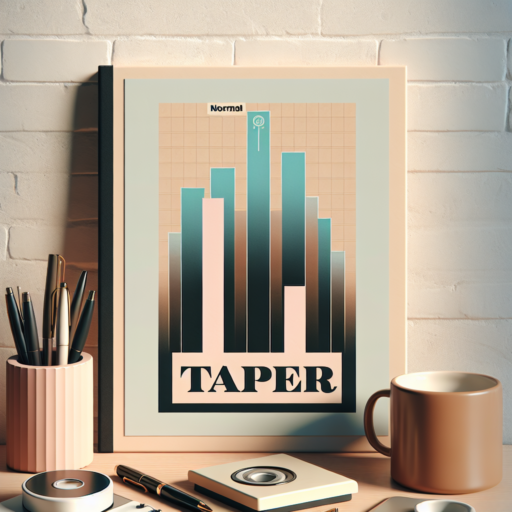How do you even out ground contact time?
Evening out ground contact time (GCT), the amount of time each foot spends on the ground while running or walking, is crucial for improving balance, reducing injury risk, and enhancing performance. Understanding the significance of symmetry in your stride can be the first step towards achieving an even GCT between both feet. It’s not merely about the speed but the efficiency of each step that contributes to a healthier and more sustainable movement pattern.
Technique adjustment is often required to correct imbalances in GCT. This involves form drills designed to enhance proprioception—your body’s ability to perceive its position in space. Simple exercises like high knees, butt kicks, and barefoot walking can train the body to optimize each foot’s contact with the ground. Moreover, incorporating agility ladders or hopping drills can significantly contribute to developing a more balanced ground contact time by fostering equal strength and coordination on both sides of the body.
Assessing your current GCT through wearable technology or professional gait analysis can provide insight into where imbalances may exist. Many athletes are unaware of their disparities until they’re highlighted by such evaluations. Once identified, targeted exercises, such as plyometrics and balance training, can be exceptionally beneficial. Single-leg exercises, for instance, ensure that each leg gains the strength and stability necessary to support an even ground contact time.
No se han encontrado productos.
What is the ground contact time balance device?
The ground contact time balance device is a cutting-edge tool designed for athletes, particularly runners, to analyze and improve their running efficiency. Utilizing advanced sensors, this device meticulously records the amount of time each foot spends in contact with the ground during a run. By monitoring this aspect of a runner’s gait, it is aimed at highlighting disparities between the left and right leg, which could indicate inefficiencies or potential for injury if left unaddressed.
This device operates through sophisticated technology integrated into various forms, such as smart insoles, wearable gadgets, or even specialized running shoes. It captures precise data on ground contact time (GCT) for each step, providing valuable insights into an athlete’s balance, symmetry, and gait dynamics. The ultimate goal is to aid runners in achieving a more balanced, symmetric, and efficient running form, thereby enhancing performance and reducing the risk of injury.
With the data collected, athletes and coaches can access detailed analyses through associated software or apps, where ground contact time balance is displayed in an understandable format. Parameters such as average ground contact time, balance percentages, and side-to-side comparisons are often presented. This enables tailored training adjustments and specific conditioning exercises aimed at correcting imbalances, improving stability, and optimizing overall running mechanics.
What is ground contact time?
Ground contact time, often abbreviated as GCT, is a term widely used in the field of sports science, especially in running and walking analyses. It refers to the duration of time that an athlete’s foot stays in contact with the ground during each step or stride. Understanding and optimizing ground contact time can be crucial for athletes looking to improve their performance, as it directly impacts running efficiency and speed.
Several factors influence ground contact time, including an individual’s running mechanics, speed, and physical conditioning. Generally, shorter ground contact times are associated with higher running speeds and greater running economy. Elite runners, for instance, demonstrate remarkably short GCTs, which contribute to their exceptional efficiency and speed. This efficiency comes from their ability to generate high levels of force in a brief contact period, propelling them forward more effectively.
Techniques to reduce ground contact time involve strength training, plyometric exercises, and specific drills aimed at improving running form and muscular responsiveness. By focusing on exercises that enhance leg strength and elasticity, athletes can develop a more powerful push-off and a lighter, quicker step. Analyzing and adjusting one’s ground contact time can lead to significant improvements in overall running performance, showcasing its importance in the realm of athletic training and development.
How to measure ground contact time?
Measuring ground contact time, which refers to the duration a foot stays in contact with the ground during each step while running or walking, is an intricate aspect of understanding your gait performance. This measurement has become increasingly accessible with advanced technology.
The most common method to measure ground contact time is through the use of specialized wearable technology. Wearables like running watches and foot pods are equipped with accelerometers and gyroscopes that meticulously record the timing of each footfall. This data is then synchronized with an app or software, providing insights into your gait cycle. For those looking to improve running efficiency or monitor their training progress, understanding these metrics is invaluable.
Another innovative approach involves high-speed cameras and motion capture systems. Such setups, often found in sports laboratories and high-end training facilities, offer detailed visual analyses of ground contact. While this method provides extremely accurate data, it is less accessible to the average person due to the required equipment and expertise. However, for athletes and researchers focusing on precise biomechanical studies, this approach is unparalleled.




